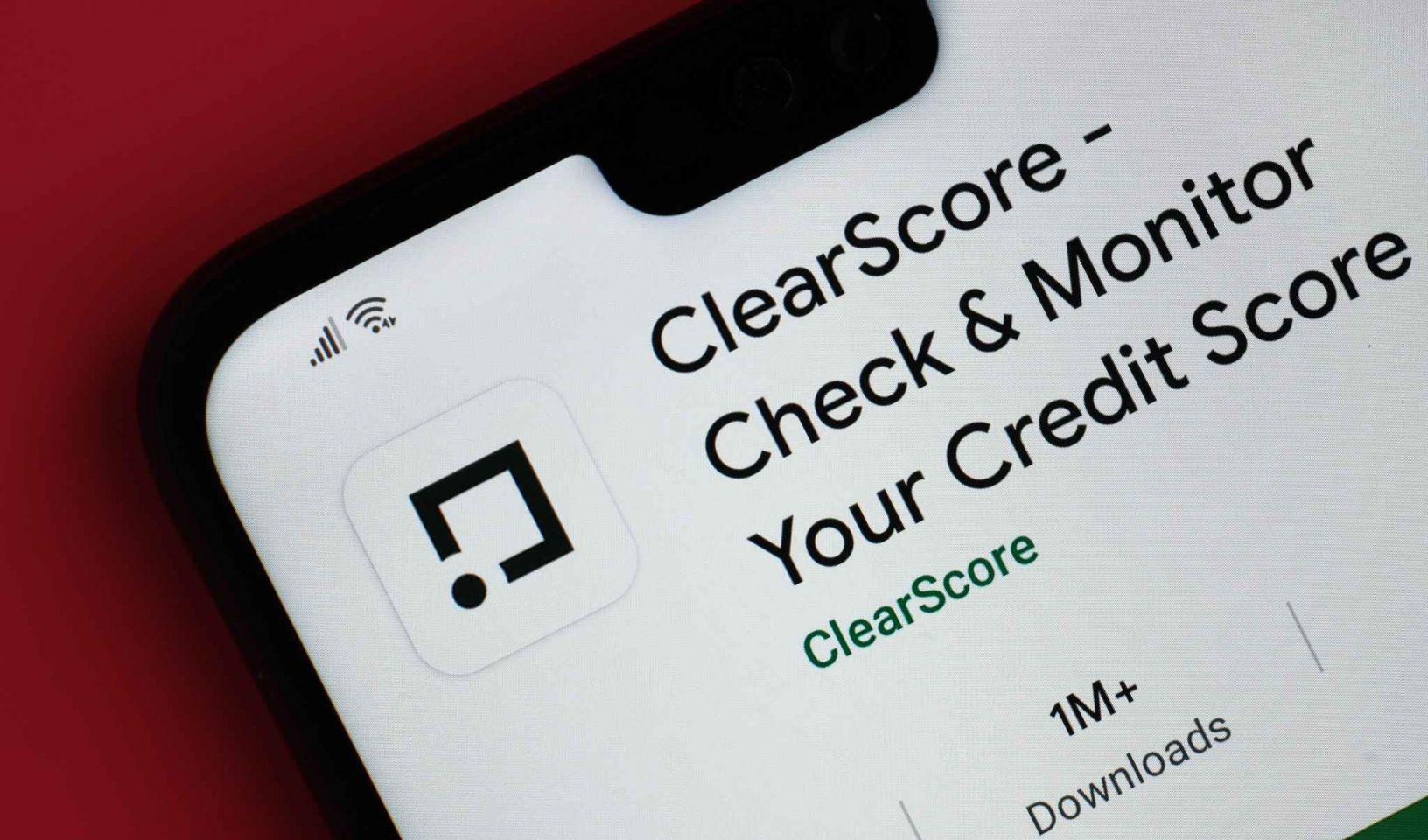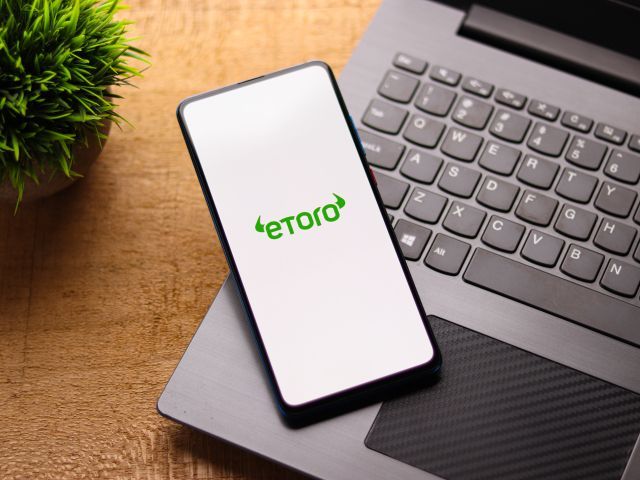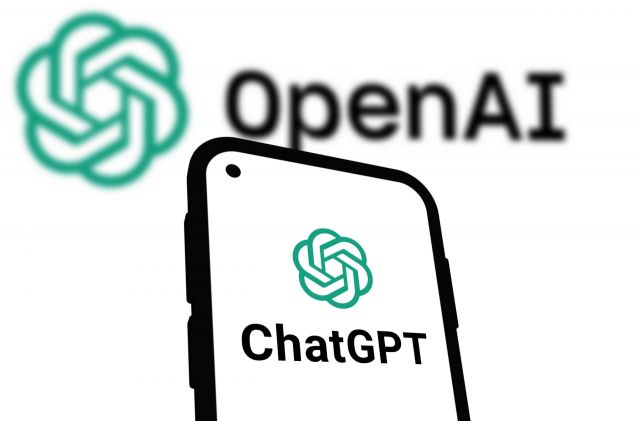ClearScore IPO: how to trade ClearScore shares

IPO stocks are often highly volatile, and early trading can involve rapid price swings and significant risk
When is the ClearScore IPO date?
There is currently no fixed ClearScore IPO date, although the London-headquartered fintech, best known for offering free credit scores and financial product recommendations, has been an initial public offering (IPO) candidate for some years. In 2018, Experian tried to acquire the company for £275m, but the UK’s Competition and Markets Authority (CMA) blocked the deal (source: Gov.uk).
Since then, ClearScore has continued scaling independently, backed by major investors including Invus Opportunities, QED Investors and Lead Edge Capital.
Current expectations
- ClearScore has publicly indicated that a listing is part of its long-term roadmap, though no S-1 or prospectus has yet been filed, with no ClearScore listing date on the horizon.
- Analysts in fintech suggest a float in 2026 is plausible, as the company approaches profitability and nears £200m+ in annual revenue (source: Financial Times).
- The company has passed 19m users worldwide (as of 2024), giving it a significant consumer base in the UK, South Africa, Australia, and beyond.
Why IPO?
- Investor liquidity: long-term backers, including Invus and QED, will want an exit.
- Brand visibility: a listing could align ClearScore against rivals like Credit Karma, Experian, and Equifax.
- Expansion capital: IPO proceeds could fund deeper geographic expansion and new financial services beyond credit scoring.
- Employee equity: listing enables wider liquidity for staff.
Where might it list?
The ClearScore IPO could target the London Stock Exchange (LSE) to reinforce its UK identity, though a dual US listing could be considered to access deeper fintech capital pools.
Bottom line: No IPO filing has yet been made and so no ClearScore IPO date is confirmed, but a 2026 window could be realistic, depending on fintech market sentiment and ClearScore’s financial performance.
What is ClearScore?
ClearScore is a UK-based fintech platform founded in 2015 by Justin Basini, Nigel Morris, and Dan Cobley. It pioneered free access to credit reports and scores in the UK, partnering with credit reference agencies like Equifax and Experian. Over time, it expanded into financial product marketplaces and digital coaching.
Origins
Before ClearScore, consumers often had to pay to access their credit scores. ClearScore flipped the model by offering scores and reports free of charge, monetising instead through product referrals. This democratised credit information and disrupted incumbents.
Global expansion
- UK: core market, with 15m+ users.
- South Africa: launched in 2017, now 5m+ users.
- Australia: growing base with partnerships across banks and lenders.
- Canada and New Zealand: live; India operations were shut in 2020.
Product suite
- Credit score & report: free monthly updates via partnerships with agencies.
- Marketplaces: personalised offers for credit cards, loans, mortgages, car finance, and insurance.
- Coaching: tools to improve credit health, debt repayment, and budgeting.
- Protect: dark web monitoring and identity protection services.
Key milestones
2015 – Founded in London.
2016 – Passes 1m UK users.
2017 – Expands to South Africa.
2020 – Reaches 10m global users.
2021 – Experian acquisition attempt blocked by UK CMA.
June 2021 – Invus invests $200m at ~$700m valuation (mix of primary/secondary).
Nov 2022 – Launch in Canada.
2024 – Surpasses 19m users worldwide.
2025 – Acquires Aro Finance; secures £30m debt from HSBC Innovation Banking.
ClearScore’s key features
- Free access to credit data.
- Data partnerships with agencies like Equifax.
- Personalised financial offers driving marketplace revenue.
- International reach across multiple continents.
- Trusted consumer brand in fintech.
How does ClearScore make money?
ClearScore generates revenue through a mix of referral commissions, premium services, and international expansion.
| Revenue stream | Description |
|---|---|
| Marketplace commissions | ClearScore earns referral fees from banks, lenders, and insurers when users apply for credit cards, loans, mortgages, or insurance through its platform. |
| Subscription services | Revenue from premium features like ClearScore Protect Plus, which includes enhanced fraud monitoring and identity theft coverage. |
| Data & analytics partnerships | Revenue from sharing anonymised consumer insights with lenders and financial partners to improve underwriting and marketing. |
| International expansion | Monetisation through new geographies such as South Africa and Australia, where ClearScore earns referral and subscription revenue from local partners. |
What might influence the ClearScore live stock price?
The ClearScore stock price and share performance will hinge on a blend of external market sentiment, consumer credit cycles, and its own execution.
Macroeconomic and sector backdrop
Credit marketplaces are tied directly to the health of lending markets. When interest rates are high, banks tighten underwriting and consumers borrow less, reducing the number of profitable referrals ClearScore can generate. In a lower-rate environment, demand for credit cards, mortgages, and personal loans rebounds, potentially creating more opportunities for ClearScore’s lender partners and boosting platform revenue.
Inflation and household debt levels will also affect engagement: if consumers are anxious about affordability, they may check credit reports more often but convert into fewer product applications. Investors will price the stock based on how ClearScore can smooth these cycles, perhaps by growing subscription income or expanding into adjacent financial services that are less rate-sensitive.
Company fundamentals
Investors will look for evidence that ClearScore is building a sustainable business with scalable margins. Metrics like monthly active users, application conversion rates, cost per acquisition, and net revenue per user will be under the spotlight. The ability to convert millions of free users into recurring revenue – either via product take-up or premium services – will determine how investors value growth.
Profitability will matter: if ClearScore can show operating leverage (eg, marketing costs growing slower than revenue), its multiple will expand. If it remains heavily dependent on marketing spend to attract users, the stock may be discounted.
Competition
ClearScore operates in a crowded space dominated by giants like Experian, Equifax, and TransUnion, plus Intuit’s Credit Karma. These players have scale, deep data, and established distribution. ClearScore’s differentiation – free UK-first model, slick UX, and international footprint – will need to remain sharp to fend off rivals.
Investors will also compare growth rates and unit economics: if Credit Karma delivers faster expansion or Experian pushes its own free-score products, ClearScore’s pricing power could weaken. On the flip side, a successful IPO could strengthen ClearScore’s brand, making it the default consumer choice in markets outside the US where Credit Karma is less dominant.
Regulatory and governance
As a consumer-finance platform, ClearScore must comply with strict rules around data use, privacy, and fair marketing. The UK’s FCA, South Africa’s regulators, and GDPR enforcement in Europe will all matter. Any fines or compliance missteps could hurt margins and reputation.
At IPO, investors will also assess governance: board independence, risk oversight, and how ClearScore handles the transition from a venture-backed startup to a transparent public company. If ClearScore can highlight robust governance, data security, and strong internal controls, it may reassure investors nervous after recent fintech scandals.
Valuation scenarios
If ClearScore shows £200m+ annual revenue, consistent user growth, and a credible path to profit, it could float at a higher valuation. But if lending markets weaken, revenue per user stalls, or competition intensifies, valuations could fall closer to its last private round.
The stock will likely be volatile in early quarters, with investor sentiment shifting quickly based on macro credit data and ClearScore’s conversion metrics.
Investor sentiment
The fintech IPO market has been mixed: high-profile names like Robinhood and Wise faced volatility after listing. Investors will come into ClearScore’s IPO cautious, demanding realistic pricing. A strong anchor book with long-only funds, not just hedge funds, will be critical to early stability.
Sentiment will also be shaped by how well ClearScore communicates its story – emphasising financial inclusion, global growth, and recurring revenue – rather than just raw user numbers. Positive analyst coverage and early quarterly beats could lift confidence, while any miss on revenue growth or user engagement may spark sharp corrections.
You can keep your finger on the pulse of the markets with expert insight from our in-house analysts. Check out our news and analysis section for more.
How to trade ClearScore shares via CFDs
When it comes to how to buy the ClearScore IPO, contracts for difference (CFDs) will allow traders to speculate on the stock price without owning shares outright.
How to get started
- Step 1: Open a Capital.com account (Subject to ID verification and eligibility test).
- Step 2: Deposit funds securely
- Step 3: Watch IPO details Filing, prospectus, pricing, and anchor investors.
- Step 4: Trade long If you expect strong IPO momentum; short if you anticipate fintech sector caution. Consider applying stop-losses and other risk management techniques.
Note: Newly listed IPOs can be volatile, especially in the early days of trading. CFDs let you act on price swings in either direction, but always apply risk management. CFDs are traded on margin, and leverage higher than 1:1 magnifies potential losses and gains. Past performance is not a reliable indicator of future results.
Learn more about contracts for difference in our CFDs trading guide. *Standard stop-losses are not guaranteed. Guaranteed stop-losses incur a fee when activated.
Which fintech stocks can I trade?
Until the ClearScore launch date, traders can access peers and sector benchmarks:
- Intuit (INTU) – owner of Credit Karma, ClearScore’s closest global peer.
- Experian (EXPN) – UK-listed credit bureau giant.
- Equifax (EFX) – US credit bureau.
- TransUnion (TRU) – global consumer credit reporting firm.
- SoFi Technologies (SOFI) – consumer lending and fintech super-app.
ETFs for broader exposure:
- Global X FinTech ETF (FINX)
- ARK Fintech Innovation ETF (ARKF)
These comparables provide useful trading proxies for sentiment around credit marketplaces and consumer fintech.
FAQs
Who owns ClearScore?
ClearScore is privately held, with major investors including Invus Opportunities, QED Investors and Lead Edge Capital.
What’s ClearScore worth?
After the Experian deal was blocked, later funding rounds implied valuations of £700m+. Analysts suggest an IPO could target £1-1.5bn if revenue growth and profitability align.
When will ClearScore IPO?
The ClearScore IPO could potentially happen in 2026, depending on financial performance and market sentiment.
Is ClearScore profitable?
The ClearScore UK business was profitable in FY2024; group reports ~£150m revenue, but with consolidated profitability not fully disclosed.
What does ClearScore do?
It provides free access to credit reports and scores, alongside personalised financial product offers, coaching, and identity protection.
Discover more upcoming IPOs
Stay informed on upcoming IPOs, market trends, and the newest trading opportunities

eToro IPO
